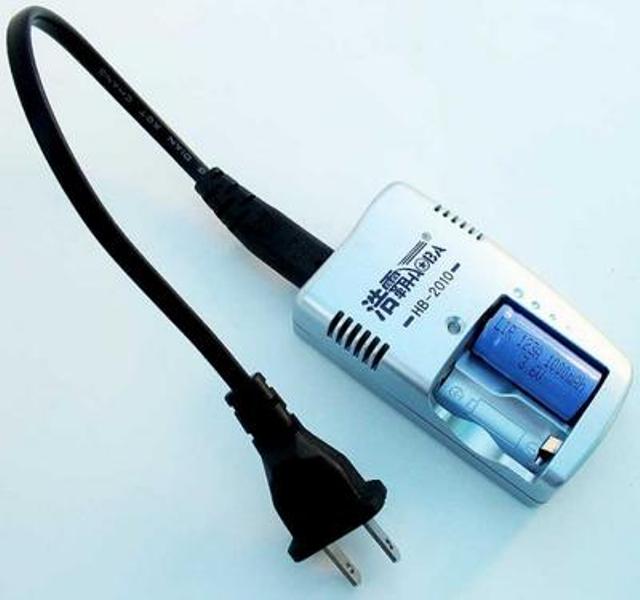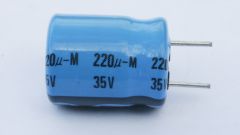You will need
- A device for measuring battery capacity
Instruction
1
Understand the principle of determining the capacity of the battery. To start, charge the battery, then discharge it by the current I, and then measure the time T for which he is discharged. The product of current and capacity of the battery; calculate it by the formula Q = I * T. the same way you can measure the battery capacity, but unlike it, the battery after full charge can re-charge.
2
To measure the capacity of the battery use, discharge the battery through a resistor R to a voltage of about 1 V. the discharge Current is measure by the formula I = U / R. To measure the discharge time, use a clock that can operate from voltage of 1.5-2.5 V. to protect the battery from full charge, use solid state relays, for example, PVN012, which will disable the battery if the voltage drops to the minimum (in our case to 1).
3
Fully discharge the battery and connect it to the circuit. Set the clock to zero, and switch scheme. Moreover, the relay closes the contacts, starts the discharge of the battery through a resistor, and the voltage will be filed on the clock. The voltage across the resistor and the battery will gradually decrease, and when it reaches 1 V, the relay opens the contacts. After the cessation of the discharge clock will stop.
4
Please note – capacity is only that the charged battery is higher, as over time part of the charge lost through self-discharge. To see the amount of self-discharge, measure capacity immediately after charging, and then measure a week (month). Allowable self-discharge batteries type NiMh – about 10% a week.
5
To reduce the contact resistance of the battery, upgrade the wiring. Some holders battery loss can cause a steel spring, which is recommended to shunt with copper wire.



